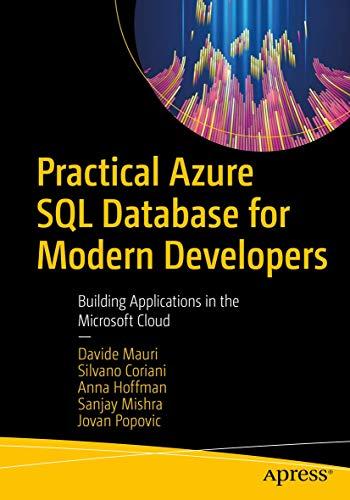Question
3. Consider the following code, where the operations in the #braced area# of the while loop have been omitted: mystring
3. Consider the following code, where the operations in the #braced area# of the while loop have been omitted: mystring <- "R fever" index <- 1 ecount <- 0 result <- mystring while(ecount<2 && index<=nchar(mystring)){ # several omitted operations # } result Your task is to complete the above code in the braced area so that it inspects mystring character by character until it reaches the second instance of the letter e or the end of the string, whichever comes first. The result object should be the entire character string if there is no second e or the character string made up of all the characters up to, but not including, the second e if there is one. For example, mystring <- "R fever" should provide result as "R fev". This may be achieved by following these operations in the braces (or you can devise your own strategy): a) Use substr ( ) to extract the single character of mystring at position index. b) Use a check for equality to determine whether this single character string is either "e" OR "E". If so, increase ecount by 1. c) Next, perform a separate check to see whether ecount is equal to 2. If so, use substr to set result equal to the characters between 1 and index-1 inclusive. d) Increment index by 1. e) Test your codeensure the previous result for mystring <- "R fever". Furthermore, confirm the following: Using mystring <- "beautiful" provides result as "beautiful" Using mystring <- "ECCENTRIC" provides result as "ECC" Using mystring <- "ElAbOrAte" provides result as "ElAbOrAt" Using mystring <- "eeeeek!" provides result as "e"
Step by Step Solution
There are 3 Steps involved in it
Step: 1

Get Instant Access to Expert-Tailored Solutions
See step-by-step solutions with expert insights and AI powered tools for academic success
Step: 2

Step: 3

Ace Your Homework with AI
Get the answers you need in no time with our AI-driven, step-by-step assistance
Get Started


